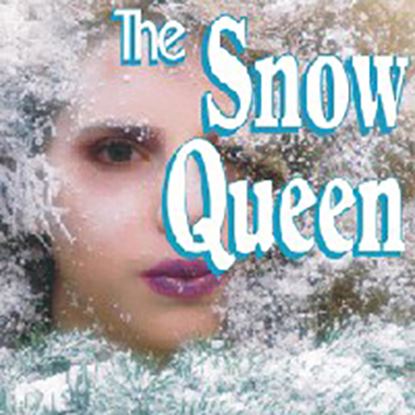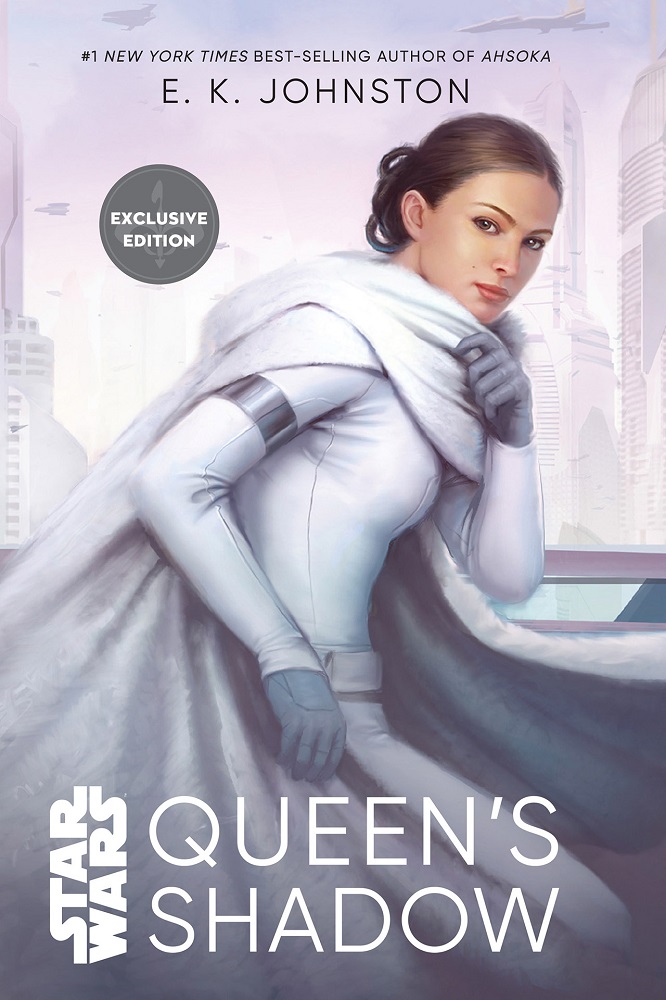

It has since been adapted into the beloved musical, “Wicked,” now playing at the Detroit Opera House through Dec. Frank Baum’s novel “The Wonderful Wizard of Oz,” and the 1939 movie classic, “The Wizard of Oz,” to become the protagonist. In it, the titular witch flips from being the antagonist, as in L. Maguire’s first and most popular revisionist retelling is his 1995 best-selling novel, “Wicked: The Life and Times of the Wicked Witch of the West.” Gregory Maguire has made his mark on the literary world with his revisionist retellings of classic fairy tales: Cinderella in his 1999 novel, “Confessions of an Ugly Stepsister,” and Snow White in 2003’s “Mirror, Mirror.”

Karen Essex wrote “Dracula in Love,” released in paperback earlier this year, which was her take on Bram Stoker’s “Dracula,” told from the perspective of Mina Murray, the count’s object of desire. Hines isn’t the only one to reinterpret and retool fairy tales and other classic works. So I took that story, made it my own, and off we went,” he said. The chaos and destruction in the fairy tale, the quest to save a missing child, it all mapped so well to what I needed to do. The fairy tale opens with the breaking of a magic mirror, which worked beautifully for my opening chapter. In it, Snow White, Cinderella, and Sleeping Beauty battle the forces of evil. This series was originally intended to be a trilogy, but a fourth book, “The Snow Queen’s Shadow,” came out this year. I’m not trying to make a point that’s just who she is.”

I’m not sure how to answer this one, any more than I could answer, ‘Why make Snow White straight?’ Talia’s sexuality isn’t the point of the story. “The people I know aren’t all straight and white. “Why should all princesses be straight? Or white, for that matter? Talia is more Middle Eastern, to use a real-world equivalent,” said Hines. One “alternative interpretation” is making Talia, alias Sleeping Beauty, a lesbian. “Well, let’s just say I wanted to present an alternative interpretation of these characters.” “For a while, our house was overrun with princesses: princess movies, princess dolls, princess pajamas, princess toothbrushes, and so on,” recalled Hines, attributing ownership of all this princess-themed merchandise to his daughter, Skylar, now 11. Hines debunked the “happily ever after” trope in his four “Princess” novels, demonstrating that nobody has the market cornered on fairy tales.


 0 kommentar(er)
0 kommentar(er)
